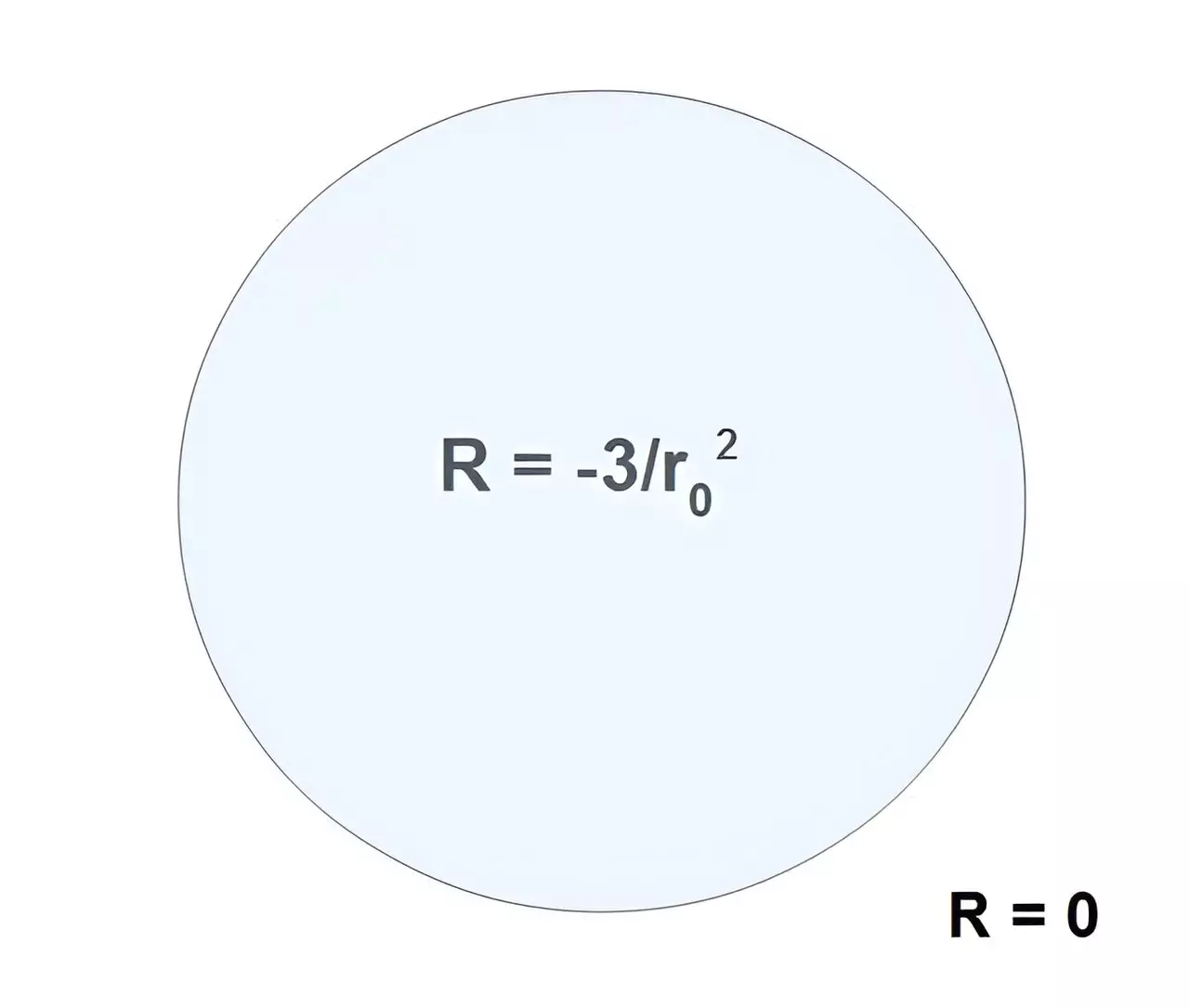Neutron stars and black holes represent the fascinating extremes of matter in our universe. Neutron stars, remnants of massive stars that have undergone supernova explosions, are incredibly dense objects composed almost entirely of neutrons. These celestial entities exhibit a unique characteristic: a maximum mass limit of about 2.34 solar masses. At this threshold, the gravitational forces become so intense that further collapse results in the formation of a black hole. In contrast, black holes are objects where gravity overwhelms all other forces, leading to a region of spacetime with gravitational pull so strong that nothing, not even light, can escape. Unlike neutron stars, black holes have no upper mass limit and have been identified with masses reaching millions or billions of solar masses, illustrating the complex relationship between mass, gravity, and the fabric of spacetime.
The distinction between timelike and spacelike matter plays a crucial role in understanding these cosmic phenomena. Timelike matter, which includes neutron stars, adheres to causal relationships; it has definable states, follows the laws of quantum mechanics, and abides by principles such as the Pauli exclusion principle. In contrast, black holes are dubbed spacelike matter – a classification that leads to non-causal behavior. As spacelike entities, black holes lack identifiable particle states and do not conform to conventional equations that describe thermodynamics or quantum mechanics. This divergence raises profound questions about the nature of black holes and invites a re-evaluation of established theories.
When explored more closely, black holes reveal a different set of properties defined by gravitational invariants. These are quantities that retain meaning across various mathematical and physical settings, including volume, area, and scalar curvature. Gravitational invariants serve as measurable observables at infinity, offering insights into the structure and behavior of black holes without being dependent on the specifics of spacetime geometry. This universality is significant, as it allows for predictions and comparisons across multiple black hole scenarios.
The pressure dynamics within black holes further illustrate their complex nature. The outward pressure resisting gravitational collapse (denoted as PS) is balanced by an inward pressure from the self-gravity of the black hole (denoted as PM). The equation PS = -PM introduces a fascinating tension inherent in black hole mechanics. This balance not only hints at the forces at play but also leads to the emergence of a universal constant that is independent of the black hole’s mass – a breakthrough that could provide cathartic clarity in black hole research.
A predominant misconception in the literature is that black holes contain singularities—points of infinite density and zero volume where the laws of physics cease to be applicable. This misapprehension arises from the unjustified application of causal equations of motion to acausal spacelike black holes. Contrary to established beliefs, resisting the singularity concept becomes feasible through a rigorous application of fundamental physics principles. In fact, recent findings challenge the notion that black holes collapse to a singular state; instead, they emphasize the continuing existence of black holes as defined entities governed by their gravitational characteristics.
Misapplication of concepts from causal physics further complicates matters. Notably, the idea purported by Stephen Hawking that black holes emit radiation and eventually evaporate is predicated on a misunderstanding of the fundamental properties of spacelike matter. If one accepts the premise that black holes radiate effectively, one anticipates mass reduction to zero. However, this scenario contradicts reality, as evidence suggests that black holes maintain their negative scalar curvature indefinitely.
Despite these paradoxes, the study of black holes offers a wealth of knowledge regarding the workings of the universe. The existence of a universal black hole constant—the force constant that dictates the inflating pressure across all black holes—has far-reaching implications for our understanding of cosmic phenomena. It can help explain the limits of mass and pressure across the universe and allows for calibrated measurements of forces across vast cosmic distances.
Nevertheless, as researchers strive to understand these enigmatic objects, it becomes increasingly evident that understanding black holes requires a careful balance of established theoretical frameworks and innovative interpretations that align with the evolving nature of physics. The complexities of black holes intertwine traditional physics with quantum theories, presenting both challenges and opportunities for discovery.
The exploration of neutron stars and black holes unveils a rich tapestry of cosmic physics that defies traditional understanding. The juxtaposition of timelike and spacelike matter offers crucial insights into the nature of reality while challenging conventional paradigms. As our understanding of black holes deepens, we are reminded that the universe is filled with mysteries waiting to be unraveled, and that our quest for knowledge is only just beginning. The study of these extraordinary objects invites us to rethink not only astrophysics but also the fundamental tenets that govern our understanding of the cosmos.


Leave a Reply